Many different types of cells in the body have a tiny projection known as a primary cilium. These cilia act like little signaling hub that can capture information about a cell’s environment and relay it to the cell, ultimately coordinating some cellular responses. The functions of cilia are well known in a few cases, such as in development, where they are crucial to the regulation of certain processes; or in some disorders called ciliopathies, in which genetic mutations lead to ciliary dysfunction and human disease.
Category: genetics – Page 52
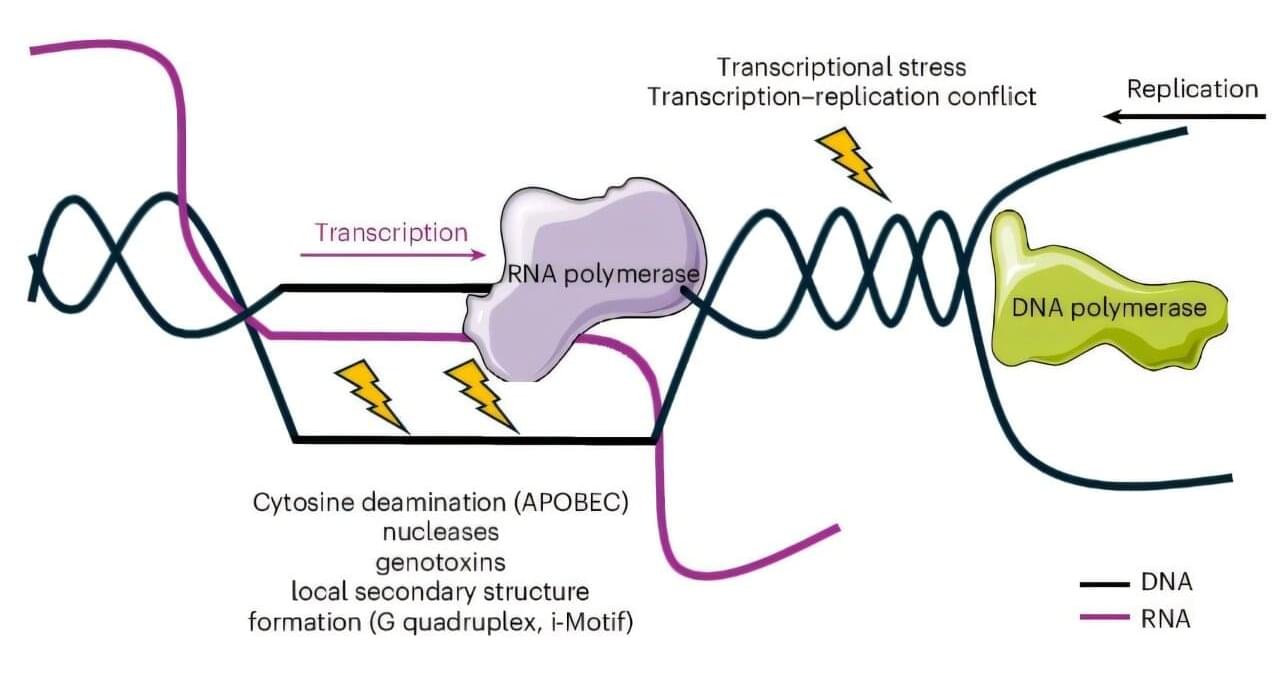
Discovery of two new genetic disorders improves diagnoses for patients with neurodevelopmental conditions
The discovery of two new genetic disorders comes from a study delivered through the National Institute for Health and Care Research (NIHR) Manchester Biomedical Research Center (BRC) and The University of Manchester and could provide answers for several thousands of people with neurodevelopmental conditions around the world.
Since the breakthrough, 18-year-old Rose Anderson from Stretford in Manchester has received a diagnosis of one of the newly discovered conditions.
Rose has been known to the team at the Manchester Center for Genomic Medicine at Manchester University NHS Foundation Trust (MFT) for nearly her whole life, although a precise diagnosis for her seizures and developmental delay has proved difficult to find.
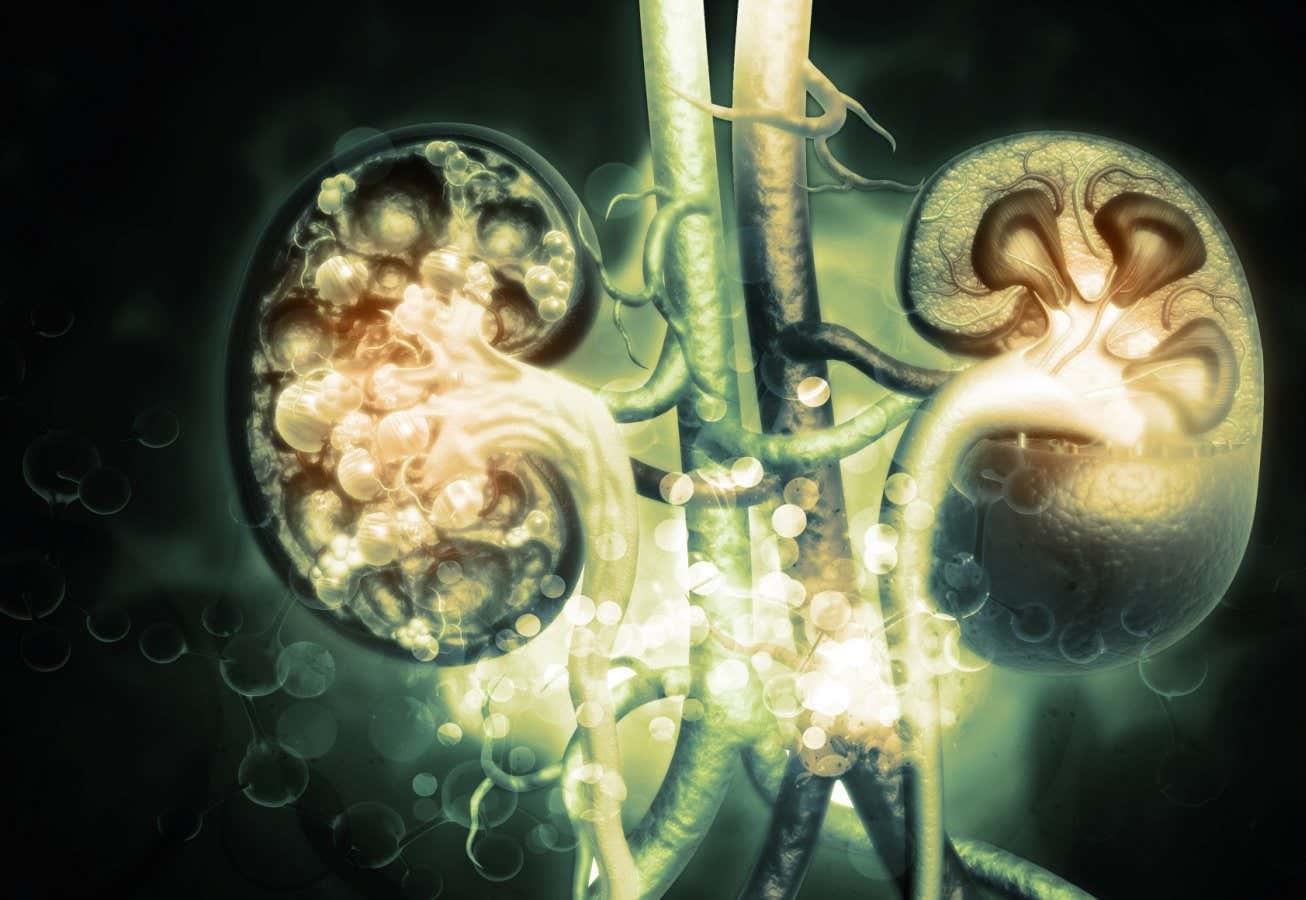


The Dogs of Chernobyl Are Experiencing Rapid Evolution, Study Suggests
Scientists have been analyzing certain animals living within the CEZ for years, including bacteria, rodents, and even birds. One study back in 2016 found that Eastern tree frogs (Hyla orientalis), which are usually a green color, were more commonly black within the CEZ. The biologists theorize that the frogs experienced a beneficial mutation in melanin—pigments responsible for skin color—that helped dissipate and neutralize some of the surrounding radiation.
This made scientists ponder: could something similar be happening to Chernobyl’s wild dogs?
The study uncovered that the feral dogs living near the Chernobyl Power Plant showed distinct genetic differences from dogs living only some 10 miles away in nearby Chernobyl City. While this may seem to heavily imply that these dogs have undergone some type of rapid mutation or evolution due to radiation exposure, this study is only a first step in proving that hypothesis.
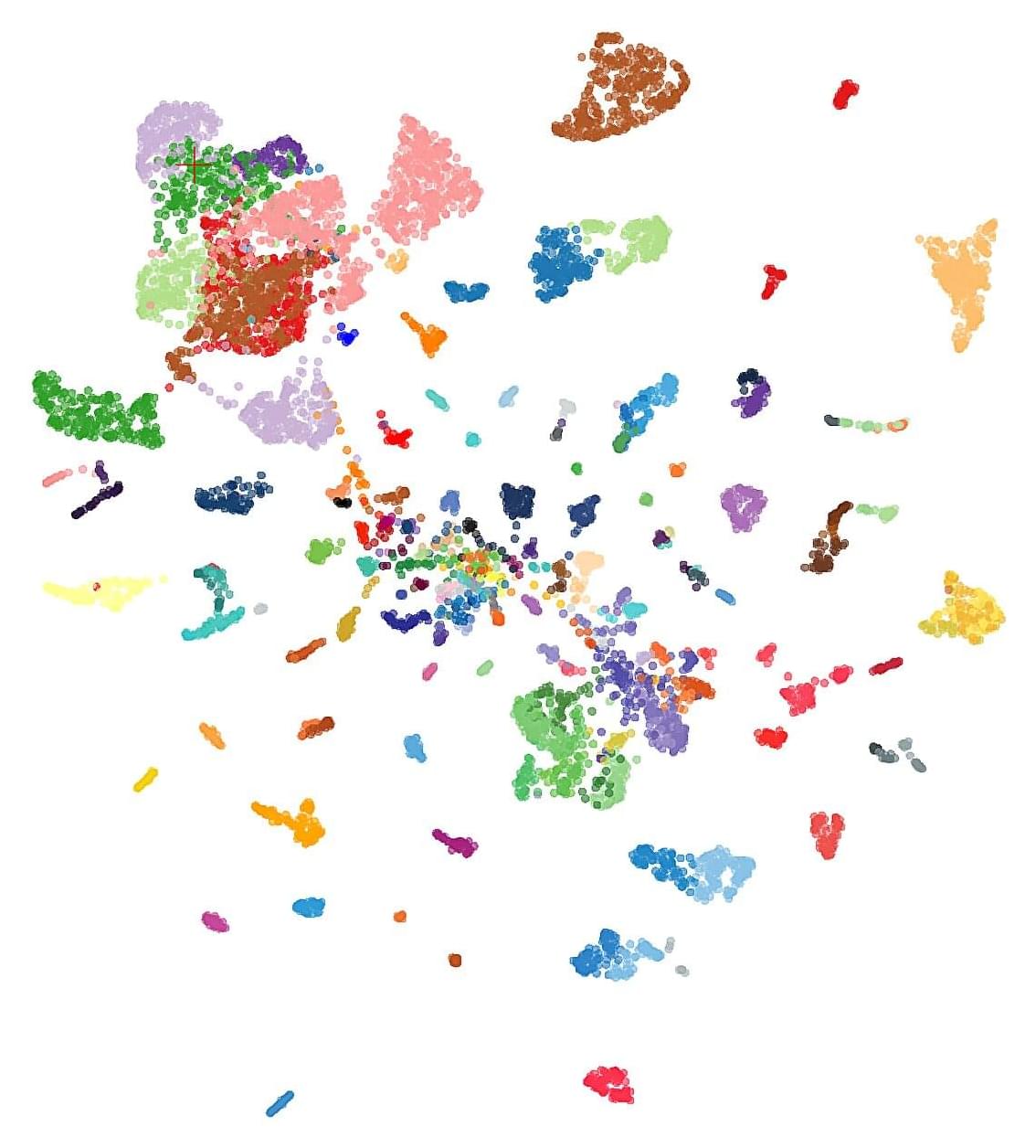
Tumor diagnostics: AI model detects more than 170 types of cancer
The MRI shows a brain tumor in an inauspicious location, and a brain biopsy will entail high risks for a patient who had consulted doctors due to double vision. Situations such as this case prompted researchers at Charité—Universitätsmedizin Berlin to look for new diagnostic procedures. The result is an AI model.
The model makes use of specific characteristics in the genetic material of tumors—their epigenetic fingerprint, obtained for example from cerebrospinal fluid, among other things. As the team shows in the journal Nature Cancer, the new model classifies tumors quickly and very reliably.
Today, far more types of tumors are known than the organs from which they arise. Each tumor has its own characteristics: certain tissue features, growth rates and metabolic peculiarities. Nevertheless, tumor types with similar molecular characteristics can be grouped together. The treatment of the individual disease depends decisively on the type of tumor.
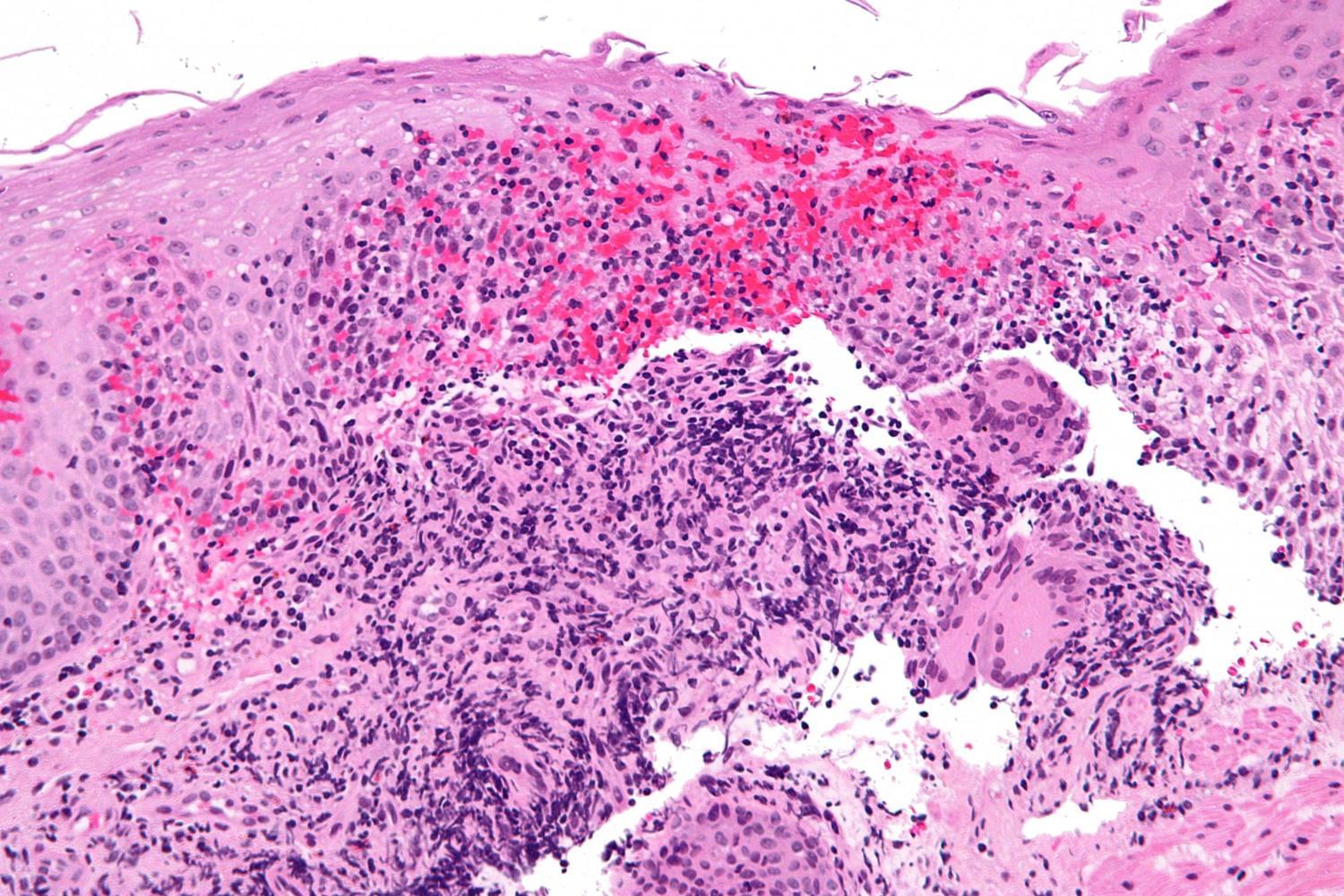
Genetic mutation linked to iron deficiency in Crohn’s disease patients
A study led by biomedical scientists at the University of California, Riverside School of Medicine shows how a genetic mutation associated with Crohn’s disease can worsen iron deficiency and anemia—one of the most common complications experienced by patients with inflammatory bowel disease, or IBD.
While IBD—a group of chronic inflammatory disorders that includes Crohn’s disease and ulcerative colitis—primarily affects the intestines, it can have effects beyond the gut. Iron deficient anemia is the most prevalent of these effects, contributing to chronic fatigue and reduced quality of life, particularly during disease flare-ups.
The study, performed on serum samples from IBD patients, reports that patients carrying a loss-of-function mutation in the gene PTPN2 (protein tyrosine phosphatase non-receptor type 2) exhibit significant disruption in blood proteins that regulate iron levels. This mutation is found in 14–16% of the general population and 19–20% of the IBD population. A loss-of-function mutation is a genetic change that reduces or eliminates the normal function of a gene or its product, a protein.
Resisting Age-Related Blood Pressure Changes: 336 Days Of Testing
Join us on Patreon! https://www.patreon.com/MichaelLustgartenPhD
Discount Links/Affiliates:
Blood testing (where I get the majority of my labs): https://www.ultalabtests.com/partners/michaellustgarten.
At-Home Metabolomics: https://www.iollo.com?ref=michael-lustgarten.
Use Code: CONQUERAGING At Checkout.
Clearly Filtered Water Filter: https://get.aspr.app/SHoPY
Epigenetic, Telomere Testing: https://trudiagnostic.com/?irclickid=U-s3Ii2r7xyIU-LSYLyQdQ6…M0&irgwc=1
Use Code: CONQUERAGING
NAD+ Quantification: https://www.jinfiniti.com/intracellular-nad-test/

Study finds protein droplets shield fragile DNA from repair errors
When DNA breaks inside the cell, it can spell disaster, especially if the damage occurs in areas of the genome that are difficult to repair. Now, scientists Irene Chiolo and Chiara Merigliano at the USC Dornsife College of Letters, Arts and Sciences have discovered that a protein called Nup98, long known for helping traffic molecules in and out of the cell’s nucleus, plays another surprising role: guiding the cell’s most delicate repairs and reducing the risk of genetic mistakes that can lead to cancer. Their findings were published in Molecular Cell.
With support from the National Institutes of Health, the National Science Foundation, and the American Cancer Society, the researchers revealed that Nup98 forms droplet-like structures deep inside the nucleus. These “condensates” act as protective bubbles around broken strands of DNA in areas called heterochromatin—zones where the genetic material is so tightly packed that making accurate repairs is especially challenging.
Heterochromatin—a major focus of Chiolo’s research—is filled with repeated DNA sequences, making it easy for the cell to confuse one stretch for another. Nup98’s droplets help lift the damaged section out of that dense zone and create a safer space where it can be repaired accurately, reducing the chance of genetic mix-ups that could lead to cancer.
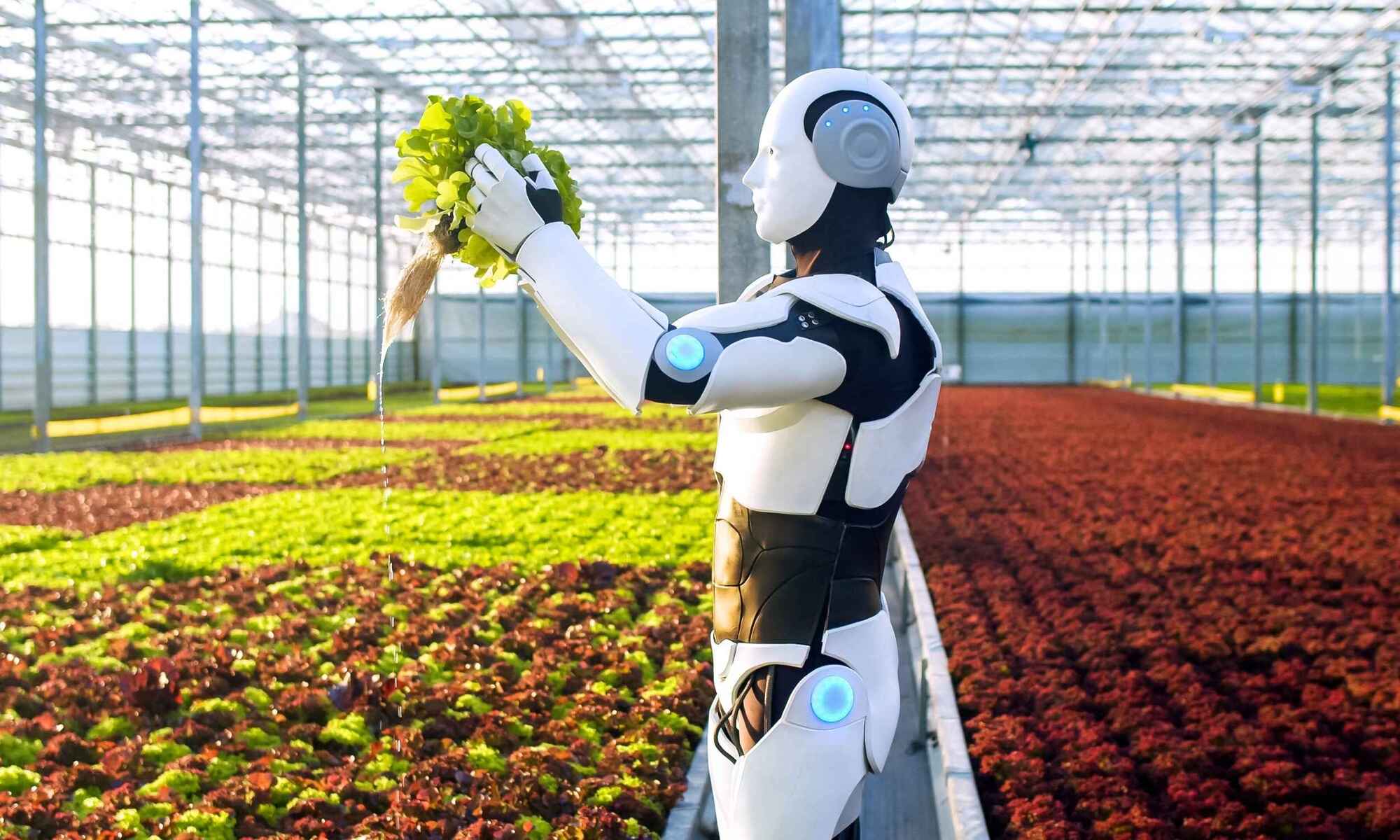
AI model deciphers plant DNA in major agricultural breakthrough
Plant DNA has become a frontier for artificial intelligence, with large language models turning genetic sequences into interpretable content for researchers. These tools treat bases like words, revealing hidden patterns that once eluded traditional methods.
A study published by Dr. Meiling Zou from Hainan University describes how language-based models interpret extensive plant genomes with remarkable precision.